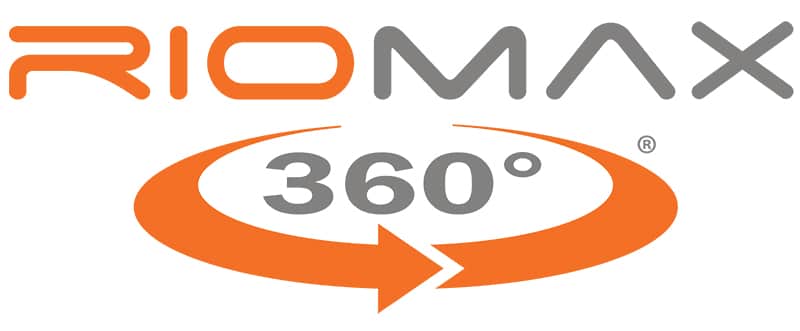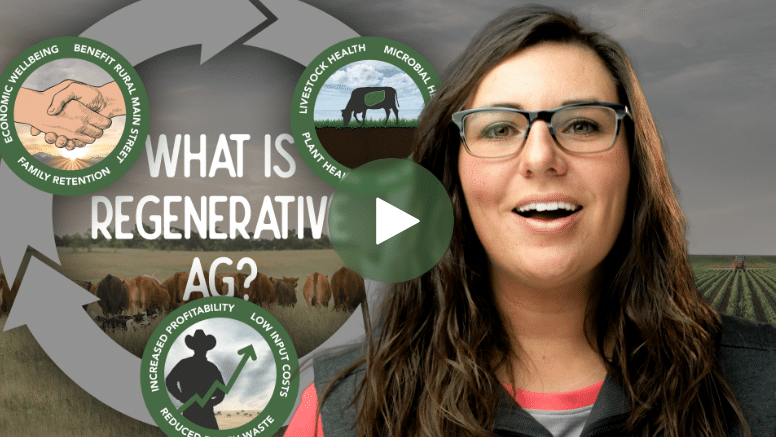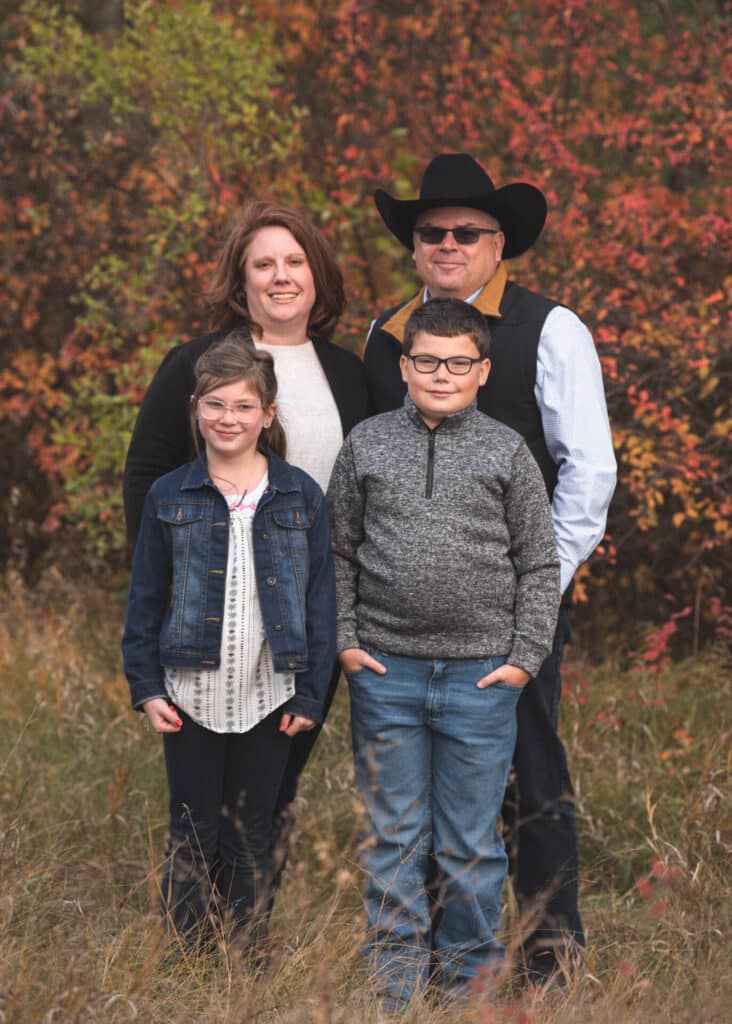Last updated on November 21st, 2023 at 04:15 pm
On the go with the maddock ranch
Regenerative ranching and Riomax are a perfect fit.
MEET Shane & Lindsay Maddock
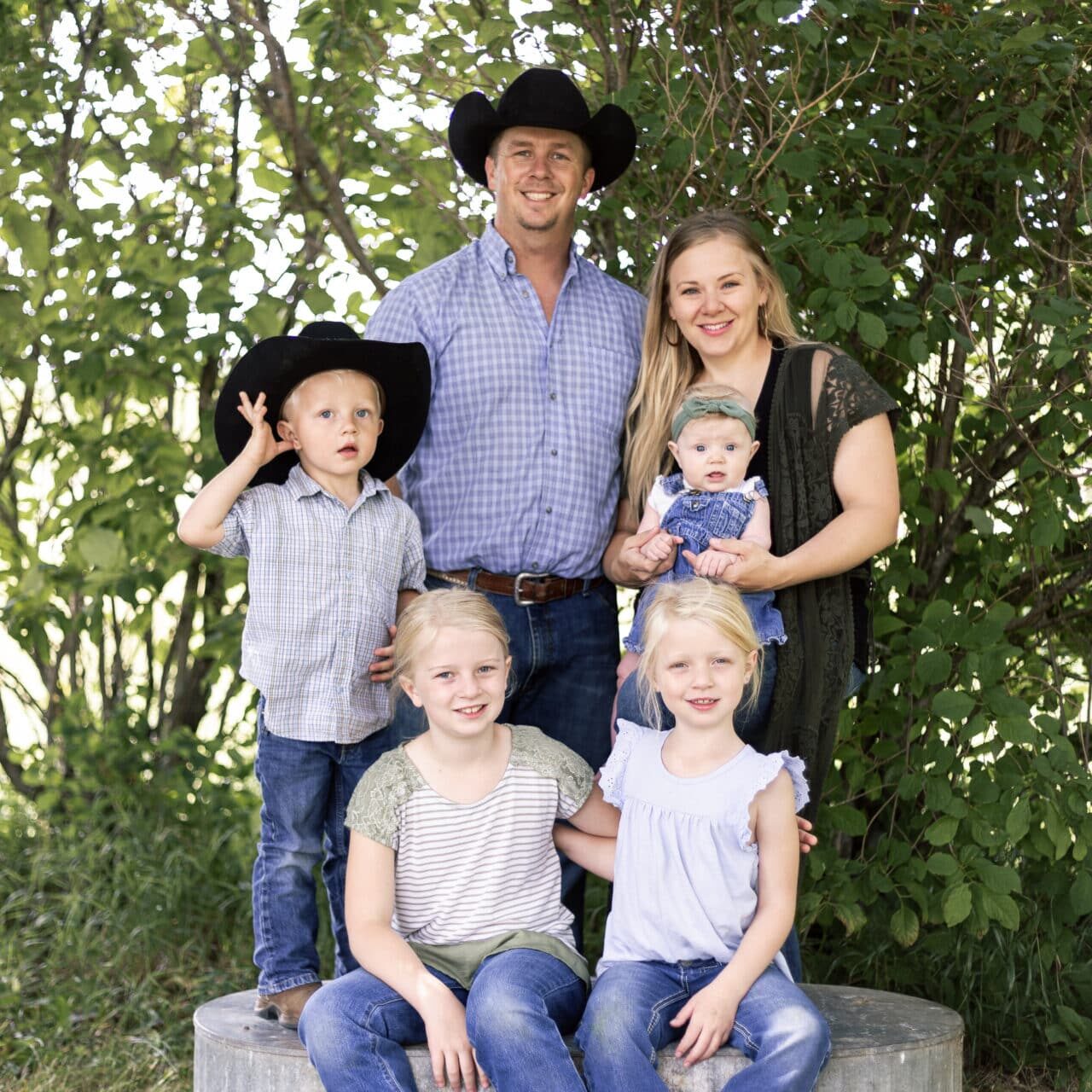
Maddock, ND
If you want to catch one of the Maddocks, you’ll have to move fast. That’s because they don’t stay in one place very long.
The Maddock Ranch, in north central North Dakota near Devils Lake, is a multi-family cow-calf and yearling stocker outfit which consists of Shane and Lindsay Maddock and their family; Shane’s mom and dad, Vicki and Brian; and Shane’s brother and wife, Travis and Mistte and their family. Shane and Travis are the fourth generation on the ranch.
Planned Grazing
Part of the reason they’re always on the move is because their cattle are always on the move. “We utilize regenerative and holistic management practices on our ranch,” Shane says. “Our cows are moved every two to three days and the yearling cattle, they get moved once or twice a day on occasion.”
The pastures are divided into small paddocks that are intensively grazed. “It’s planned grazing,” Shane says. “We use portable electric fence, easy to set up, easy to take down.” However, over the past five to 10 years, they’ve fenced off permanent paddocks. “So we’ve moved away from portable fencing and we have permanent fencing in place with water tanks and water lines.”
This grazing system improves soil health by concentrating manure and urine and allowing the cattle to trample some of the forage into the ground, which increases soil organic matter. All of which enhances soil and plant productivity, ultimately leading to increased stocking rate.
Working together
The ranch is comprised of around 800 acres of improved pastures that were converted from farmland and about 1,400 acres of native pasture. The two work in concert with each other.
“Our improved pastures are primarily a clover-alfalfa base with cool season grasses mixed in. And we get a big flush of growth in the springtime,” Shane says. “We can run a lot of cattle for about three months on those improved pastures.”
Native pastures, on the other hand, are a diverse mix of both cool season and warm season plants. So those pastures don’t get the early growth as much as the improved pastures, but see a bump in plant growth beginning the first part of July.

“So the stocking rate is more on the improved pastures, but I tend to think the native pastures, the cattle perform better on them because you get that middle season flush of warm season grasses.”
Once a pasture is grazed, it’s allowed to recover before being grazed again. “I’m always looking behind me. Where are we at? What does it look like? Are the bite marks fully recovered? I let the pasture tell me when it’s ready to be grazed again.”
In a drought year, like the summer of 2023, about half the pastures were only grazed once because there wasn’t enough recovery to allow a second pass.
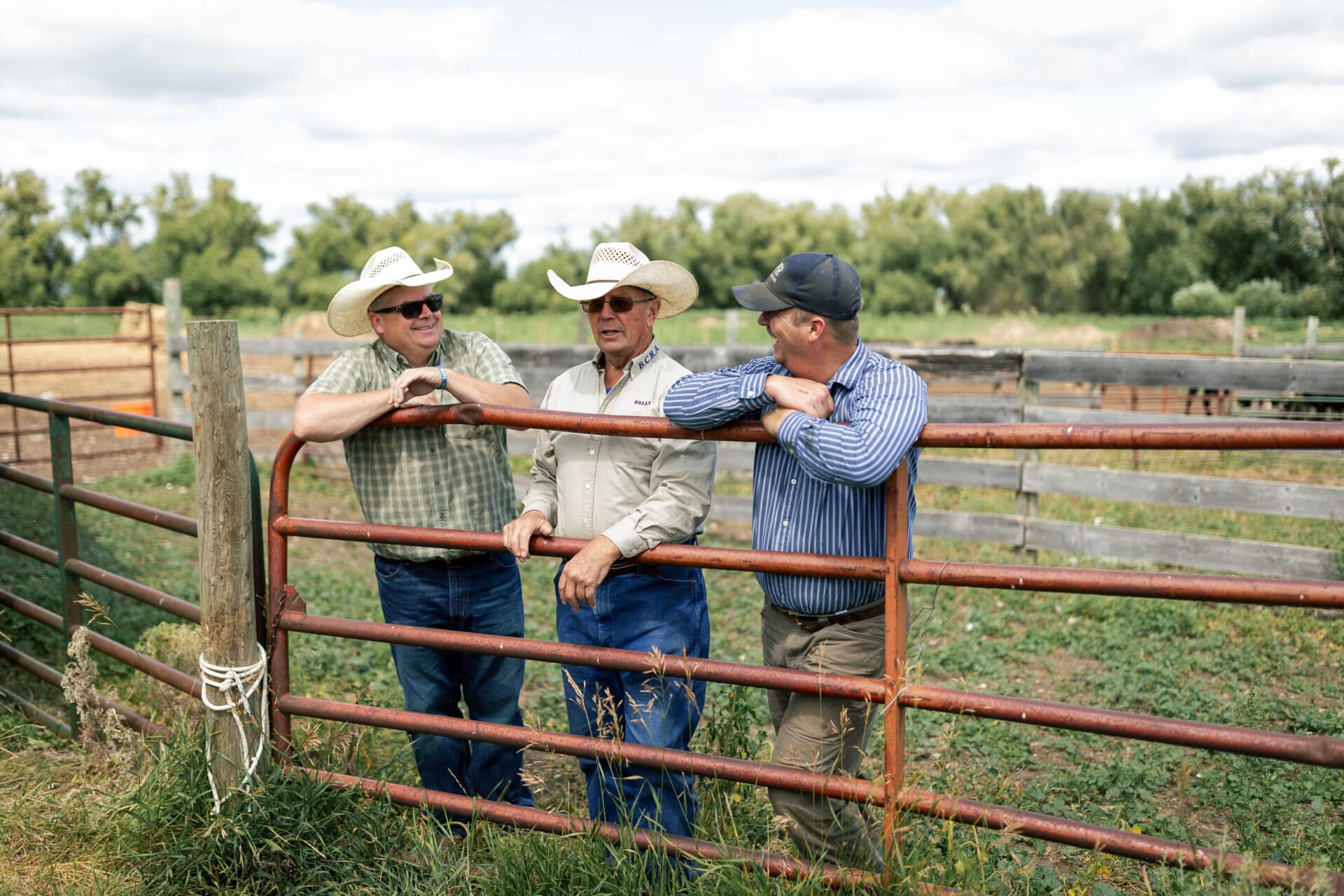
Basic Philosophy
The basic philosophy of regenerative ranching is working in concert with nature. To that end, the Angus-based cows calve in the summer, when the weather is warm and the grass is green and growing. The 100 or so pairs graze summer grass and yearling stocker cattle are added to the grazing program as pastures allow.
In a good year, defined as one without drought, the ranch can run up to 700 stockers. These are comprised of their own calves from the year before along with stockers they buy. “We’ll keep our own calves through the winter and put them on grass the next spring,” Shane says. They’ll buy stockers in the spring, run them on summer grass and sell them along with their home-raised yearlings in the fall. The cattle are primarily marketed via video auction, with a few sold through their local livestock auction.
Cattle health is good due to the regenerative approach. Calves are vaccinated at weaning and again in the spring for respiratory disease, clostridial disease and get a seven-way viral vaccination. Cows are vaccinated annually. Stockers coming from the outside are vaccinated on arrival.
“We stay away from using antibiotics as much as possible,” Shane says. “We will use them on occasion when it’s really necessary, but generally our cow health has been pretty good.” Because the cattle are moved frequently and the pastures are allowed to rest, there are few issues with worms, Shane adds.
Hay Savings & Drought Management
If there’s a product made to work in regenerative ranching, it’s Riomax. The Maddocks added the orange tubs to their program in March of 2023, about the time cows were entering their third trimester. “About 30 days into it is when we started really noticing the difference and we started cutting back hay.” By the end of April, just prior to turnout, hay consumption had been cut by around a bale a day, he says. “When you figure $130-a-ton hay, we were saving somewhere around $90 per day.”
That increased efficiency carried into summer grazing and became a critical part of their drought management. “The Rio really helped in that regard,” Shane says. “We were able to cut back an acre-and-a-half for the cow-calf herd because of the Rio. We were able to slow down grazing and not have to utilize all the acres as much.”

Keeping Cows Healthy
Prior to adding Riomax as a supplement, they battled pinkeye during the summer. In fact, the problem got so bad that they built a portable corral so they could run cattle in every day and treat them. For 2023, the year they started using Riomax, they ran stockers in two separate herds as a trial.
Their home-raised yearlings on Riomax didn’t experience any pinkeye at all. “The second herd, that wasn’t on Rio, was a half-mile away. We treated over a hundred head for pinkeye. This was very eye opening for us."
Beyond that, Shane noticed how much better his cows looked when he brought them home from summer pastures. “After a summer of drought, they looked excellent. And when we tested the bulls before we turned them out, they tested excellent. They had excellent motility and that was the first time I’ve ever heard that.”
"I attribute it to Rio"
What’s more, Shane noticed another aspect that Riomax adds to regenerative ranching. “I’ve noticed a big change in the breakdown of manure out in the pasture,” he says. “The cattle that are on Rio, their manure pats basically disappear after two or three weeks.”
He has used several different mineral supplements, both loose and tubs, “and this is the first time I’ve ever seen that. The way we manage our regenerative practices, I attribute it to Rio and the increased digestibility of the forage, the quality of the manure. The soil biology can break it down so much faster and utilize it.”
The future of The Maddock Ranch
In fact, the family was so impressed with the results they saw from Riomax, they became dealers. “We decided to become dealers a few months after we started with Riomax because we were so pleased with the results we were seeing in our cattle,” Lindsay says. “We wanted to provide Riomax to other ranchers in our area.”
>> CLICK HERE TO LEARN MORE ABOUT HOW TO BECOME A DEALER <<
Looking ahead, the family plans on selling their humanely raised and nutrient dense beef products in a farm-to-fork business. With their regenerative ranching supplemented with Riomax, their faith, and a close-knit family, don’t be surprised if it quickly becomes a consumer favorite.


